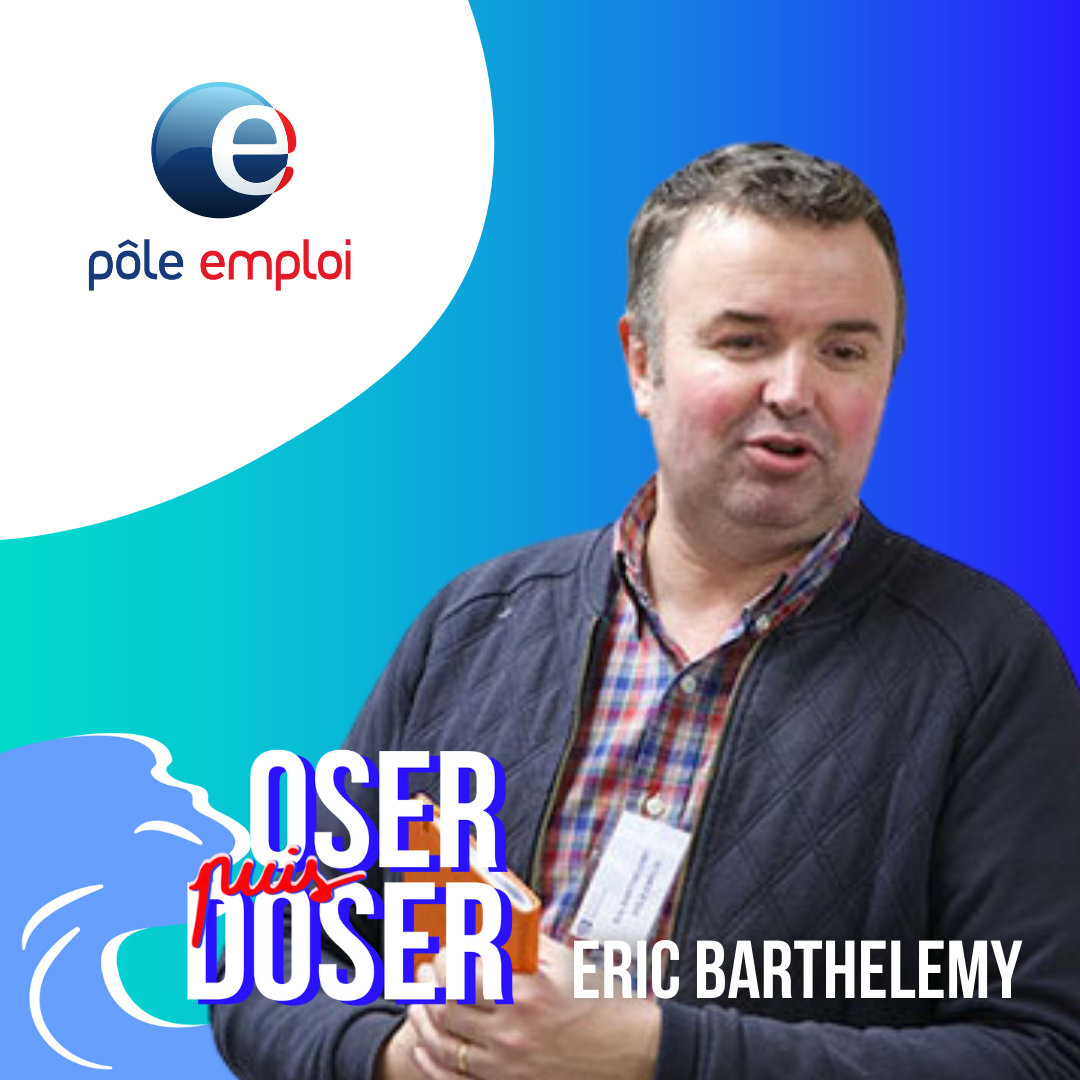
- Image by alancleaver_2000 via Flickr
Yesterday, I was invited to the You+technology event organised by Olswang, a tech/media law firm. The event regrouped an interesting mix of investors, entrepreneurs, visionaries and bankers to exchange on the topics of location and digital footprint. Two guest speakers, Alan Moore (SMLXL) and Tony Fish (author of My Digital Footprint) sparked the conversation with ideas and examples touching privacy and location services in the digital space. Coming with an open brain, I expected to connect my neurons to some good thinking. Here are some thoughts the exchanges triggered.
Alan dived straight into the subject quoting the co-founder of Sun Microsystems, Scott McNealy – “You have zero privacy, get over it.” … Which is true and not just in the digital world, think CCTV, phone book…
Combining location with other services to provide hyper-local services, Alan mentioned Otetsudai Networks, in Japan, which allows local employers in need of immediate help for a task to bring-up a map of the neighbourhood that pin points registered helpers available for the job now. But revealing your location (or not revealing it) can be dangerous. A good example is Please Rob Me.com.
We can agree that in general, knowing about a person should help a company provide a better service to that person. People are willing to *give* some information away when they get something back for it. Alan’s word of advice was “Trust”. Trust, in the sense that services utilizing personal information, will need to have the Trust of the audience.
Tony talked about his book (My Digital Footprint) – which I am currently reading. He argued that your mobile phone knows a lot about you and your habits, such as which exact TV channels and programs you watch and what type of shampoo you use (by making a lot of assumptions too).
Obviously, your digital footprint is a gold mine for marketers. They aim at understanding people’s profile to serve them more relevant advertisement. No harm when done correctly, both people and the marketers win. But the mix needs to be right.
Tony gave his insights to successfully deal with such a large amount of user footprints. The key is in extracting behaviour DNA of users. Not trying to understand everything the user is doing, most of it useless – but instead focusing on understanding the behaviours. The true value for a business lies in getting actual meaningful and usable data, gathered over time and not easily to replicable.


